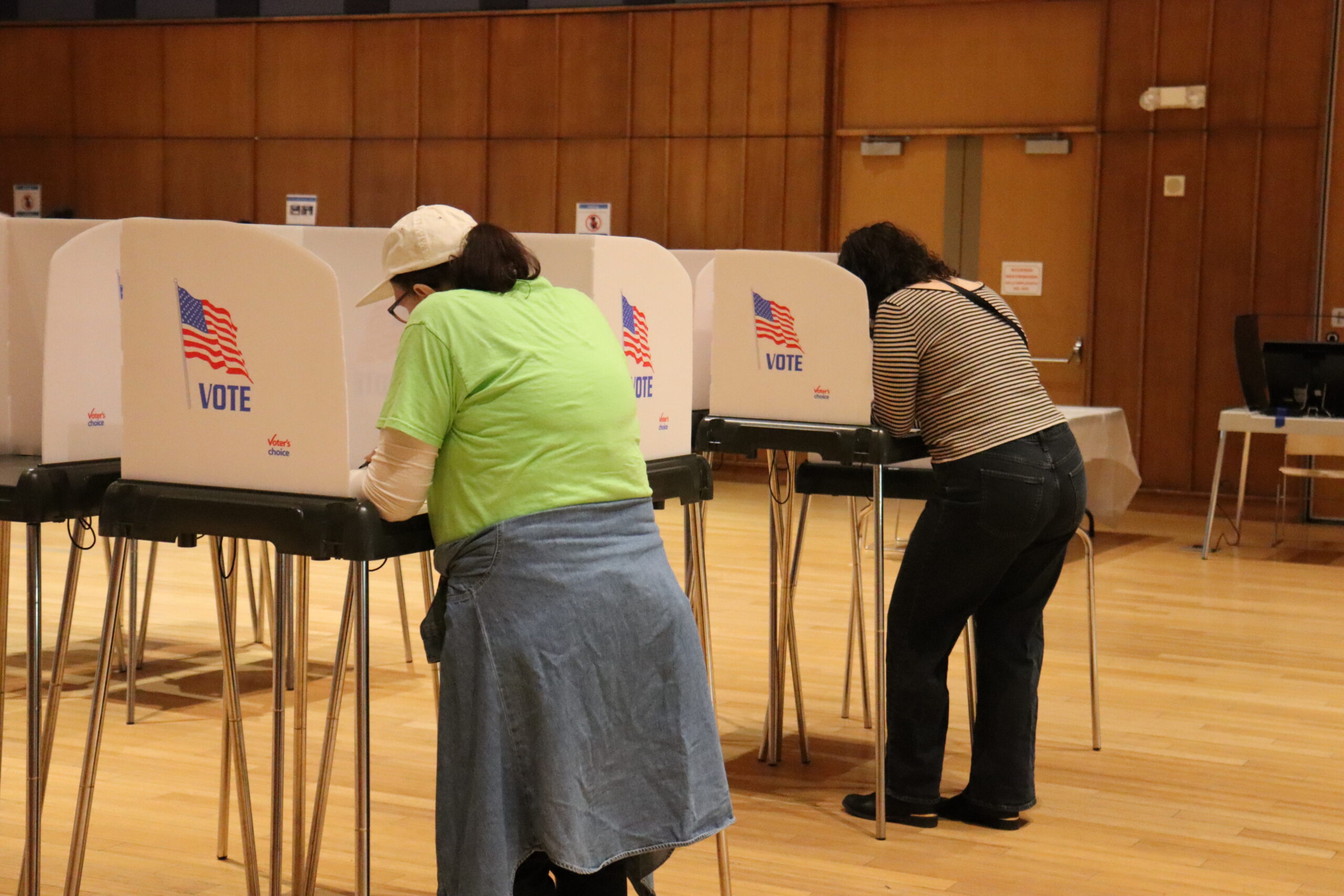The 2024 election has already generated immense enthusiasm in Maryland, with nearly 1 million people having voted early in-person and over 600,000 more voters casting their ballots by mail as of Tuesday morning.
In the past, counting votes in the state has been a slow process. Only about 8% of votes cast in Maryland were reported by midnight on Election Day 2020, and The New York Times has reported that officials expect this year’s pace to match 2020 and 2022.
Katherine Berry, Deputy Administrator of the State Board of Elections, said in an emailed statement to CNS that “results will be released after all polling locations statewide do not have lines and are able to begin tabulating election day results.” Polls in Maryland close at 8 p.m. but those in line before polls close will still be allowed to vote.
Updates will be available on the State Board of Elections website as results are released.
“The first sets of results will be the mail-in ballots canvassed so far and the early voting results followed by election day,” Berry said, adding that results will be refreshed every 10 minutes.
In most counties, canvassing mail-in ballots began on Oct. 15.
In Montgomery County, for example, mail-in ballots received before Election Day were scanned on designated canvass dates according to Gilberto Zelaya, community engagement and public relations officer for the Montgomery County Board of Elections.
Neither those ballots nor in-person early votes are tabulated until Election Day, Zelaya said.
Three counties — Cecil, Dorchester, and Somerset — won’t begin canvassing mail-in ballots at all until Nov. 7.
Mail-in ballots can also be postmarked or placed in drop boxes until 8 p.m. on Election Day and arrive as late as Nov. 15, meaning some ballots – for example, from some military and overseas voters – won’t be canvassed until days after polls close.
Provisional ballots also aren’t counted in Maryland until Nov. 13, according to Berry. Over 78,000 provisional ballots were cast in 2016 and more than 112,000 were cast in 2020.
Because results from election officials can take a while to release, media outlets are usually the first to declare the winners of elections. However, it’s important to note that these calls are unofficial and have no power to determine who actually won.
Where, then, do those calls come from?
Major news organizations rely on “decision desks” composed of experts that attempt to determine when a race is clear enough to announce a victor.
Those decision desks rely on a wealth of data ranging from voter surveys or exit polls, historical trends, and incoming vote returns on election night. When a decision desk believes that one candidate has an insurmountable lead, the outlet will call the race for that candidate.
In some instances though, decision desks will declare a winner before most – or any – results are reported by election officials.
This was the case in Maryland during the last presidential election. As soon as polls closed at 8 p.m. the Associated Press declared Biden won the state in 2020 – even though the first votes weren’t reported by election officials until 8:55 p.m.
The state was similarly called for Clinton at 8 p.m. in 2016, and for Obama at 8:01 p.m in 2012.
According to an explainer from AP, the outlet doesn’t declare the outcome of races considered competitive until enough votes are counted to make clear who won.
However, in other races considered noncompetitive, AP’s explainer says that they are able to make calls when polls close using other data “including the results of AP VoteCast, a comprehensive survey of both voters and nonvoters that determines who voted, how they voted and why, to confirm the outcome.”
“The results from the poll — along with our analysis of early voting and other statistics — allow us to say with certainty that our expectation that longstanding political trends in a state or race will hold,” according to a blog post from AP.
Although most decision desks take a cautious approach to calling races, and are generally reliable, that doesn’t mean they’re infallible.
The Associated Press and other outlets had to retract incorrect calls for a California House race in 2018, and in 2020 some critics suggested that Fox News irresponsibly called Arizona for Joe Biden before they could have been sufficiently certain of the winner.
Marylanders shouldn’t be surprised if outlets call the state’s presidential choice on a similarly quick timeline again this year. If other down-ballot races – such as closely-watched contests for the Senate and House – are more competitive, it’s possible that those calls would come later.

